In the sun-drenched hills of Israel, a unique botanical treasure thrives—Arak, the anise-flavored spirit that has become synonymous with Middle Eastern hospitality. Distilled for centuries across the Levant, Israeli Arak distinguishes itself through a marriage of traditional methods and local terroir. Unlike mass-produced anise liquors, Israeli distillers often use grapes from the Galilee or Judean foothills as their base, fermenting them into wine before the meticulous process of distillation begins.
The heart of Arak’s flavor lies in its infusion of aniseed, typically sourced from regions like the Beit She’an Valley, where the arid climate intensifies the seeds’ aromatic oils. Small-batch producers, particularly in villages like Ramat Gan or Jaffa, still employ copper pot stills passed down through generations. The spirit is distilled not once, but three times—a technique believed to have been refined by Lebanese monks in the 15th century before spreading to neighboring regions. Between distillations, the aniseed is added, allowing the vapors to coax out its essence.
What sets Israeli Arak apart is its cultural adaptability. While traditionally served with water and ice in a ritual that turns the clear liquid milky white (a phenomenon called the "louche effect"), younger Israelis have begun experimenting with Arak cocktails. Tel Aviv mixologists might blend it with pomegranate molasses or fresh za’atar, creating bridges between heritage and modernity. This evolution hasn’t diluted tradition; rather, it’s sparked a revival of artisanal Arak production. Families who once hid their stills during periods of prohibition now proudly export small batches to specialty stores in Berlin and New York.
The drink’s social significance cannot be overstated. At Arab-Israeli weddings, bottles of Arak circulate alongside trays of grilled meats and meze, symbolizing communal bonding. Jewish Israelis, particularly those of Sephardic descent, often serve it during Shabbat dinners alongside fried fish—a nod to its historical role as a digestive aid. During negotiations for the 1979 Egypt-Israel peace treaty, Menachem Begin and Anwar Sadat reportedly shared a glass of Arak, a subtle acknowledgment of shared regional customs despite political divisions.
Climate change presents both challenges and opportunities for Arak production. Rising temperatures have led some distillers to harvest aniseed earlier, resulting in a sharper flavor profile. Conversely, water scarcity has prompted innovation—one distillery near the Dead Sea now uses solar-powered desalination to purify water for dilution. The Ministry of Agriculture recently recognized Arak as part of Israel’s intangible cultural heritage, offering grants to preserve traditional methods while supporting sustainable practices.
Beyond borders, Israeli Arak carries diplomatic weight. When served to international visitors, it becomes an aromatic ambassador—its licorice notes telling stories of cross-cultural exchange. The spirit’s very name traces etymological roots through Arabic, Turkish, and Aramaic, mirroring the region’s layered history. As craft distilleries proliferate from the Golan Heights to the Negev, each bottle captures not just the flavor of anise, but the essence of a land where tradition and innovation continually reinvent one another.
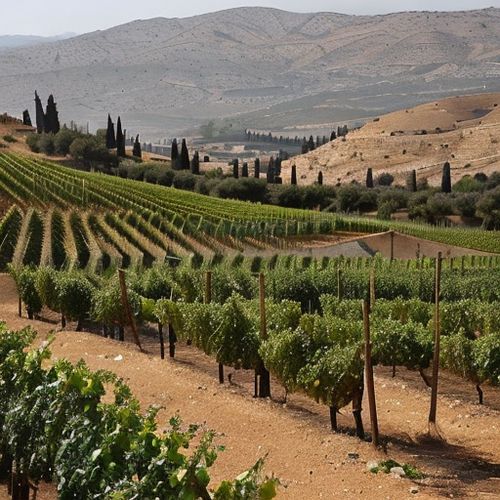
By Jessica Lee/May 10, 2025
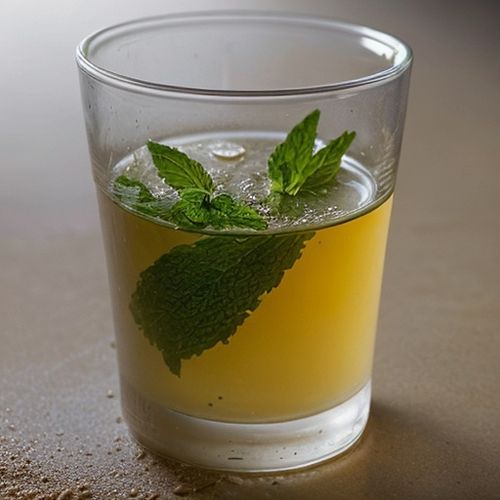
By Victoria Gonzalez/May 10, 2025

By Noah Bell/May 10, 2025

By Benjamin Evans/May 10, 2025
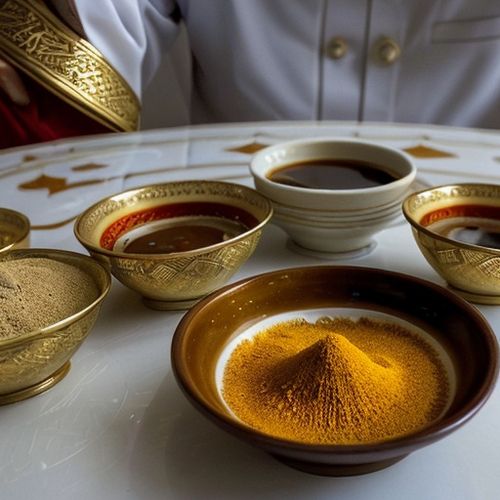
By Rebecca Stewart/May 10, 2025
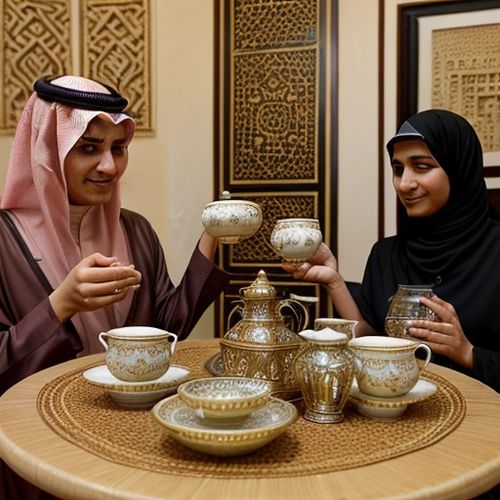
By Daniel Scott/May 10, 2025
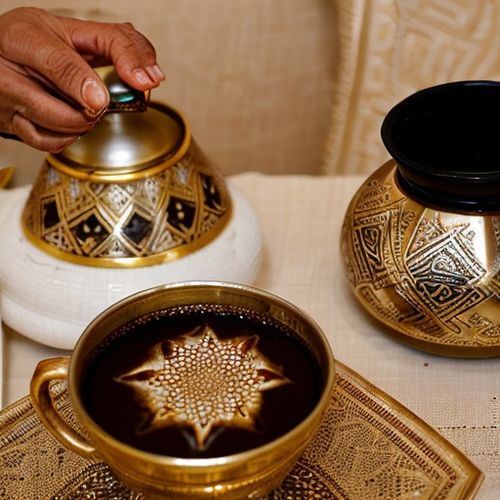
By Samuel Cooper/May 10, 2025
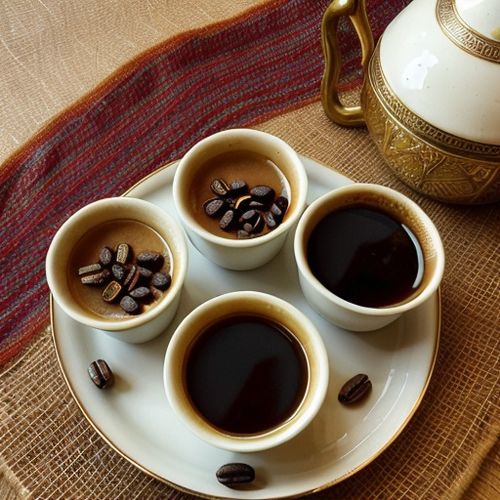
By Ryan Martin/May 10, 2025
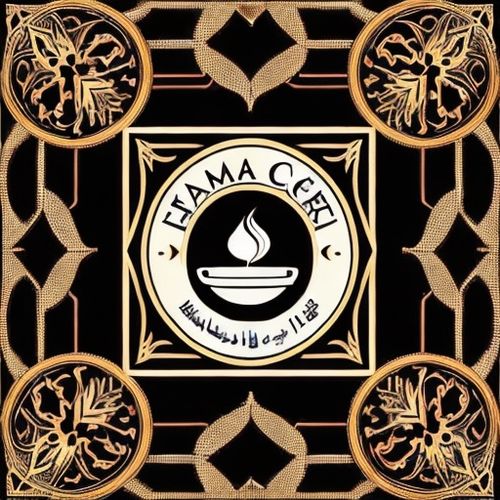
By James Moore/May 10, 2025

By Rebecca Stewart/May 10, 2025
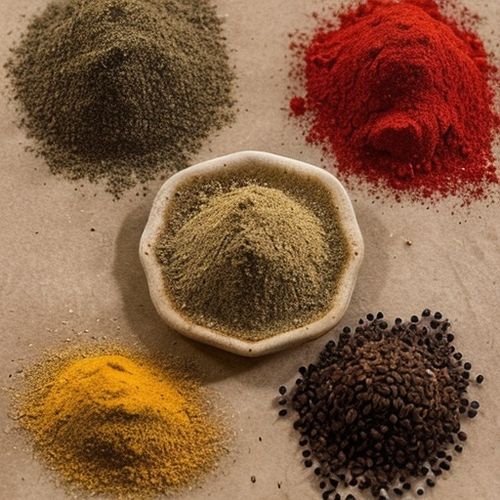
By Rebecca Stewart/May 10, 2025

By Thomas Roberts/May 10, 2025
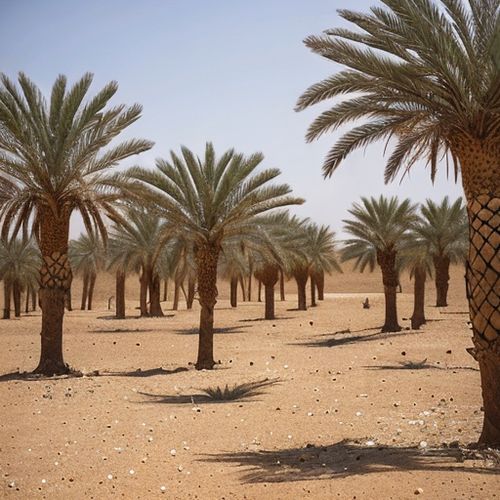
By Grace Cox/May 10, 2025
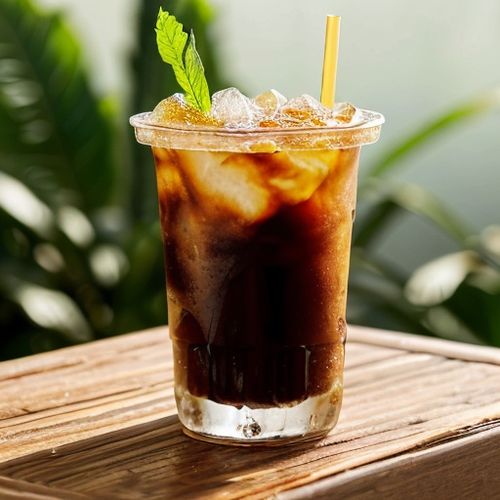
By Sophia Lewis/May 10, 2025
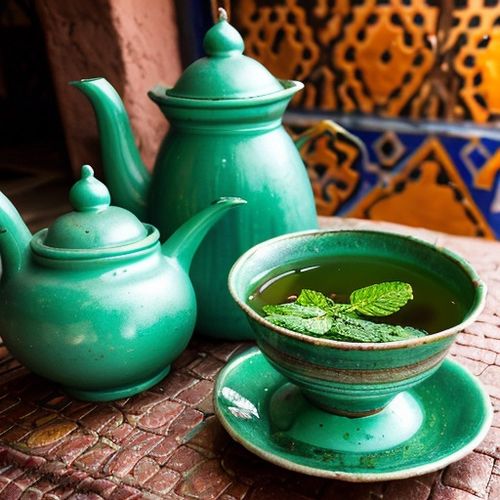
By Sophia Lewis/May 10, 2025
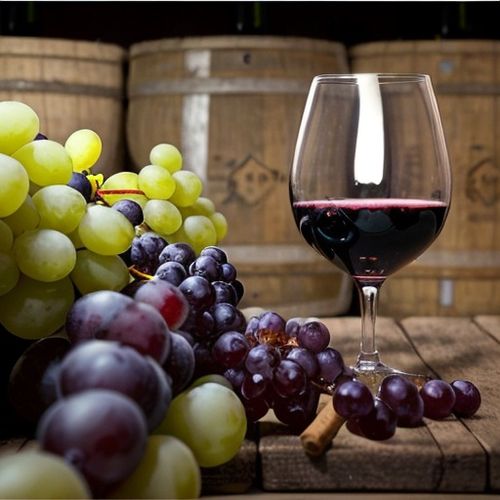
By Daniel Scott/May 10, 2025
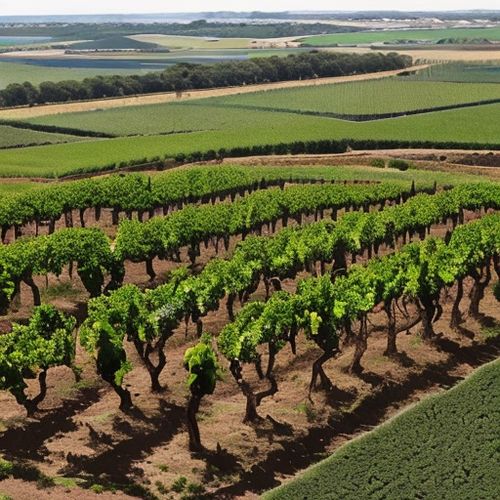
By Amanda Phillips/May 10, 2025
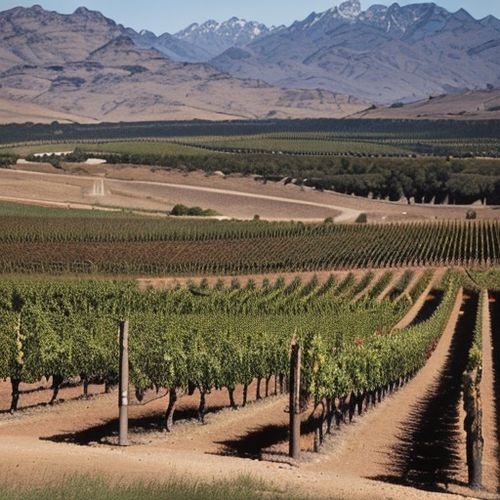
By Lily Simpson/May 10, 2025
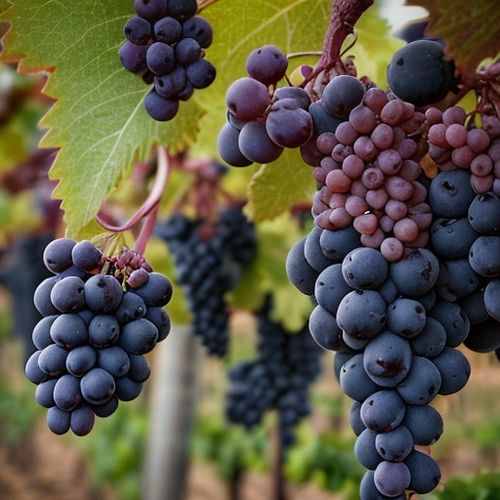
By Natalie Campbell/May 10, 2025

By Olivia Reed/May 10, 2025